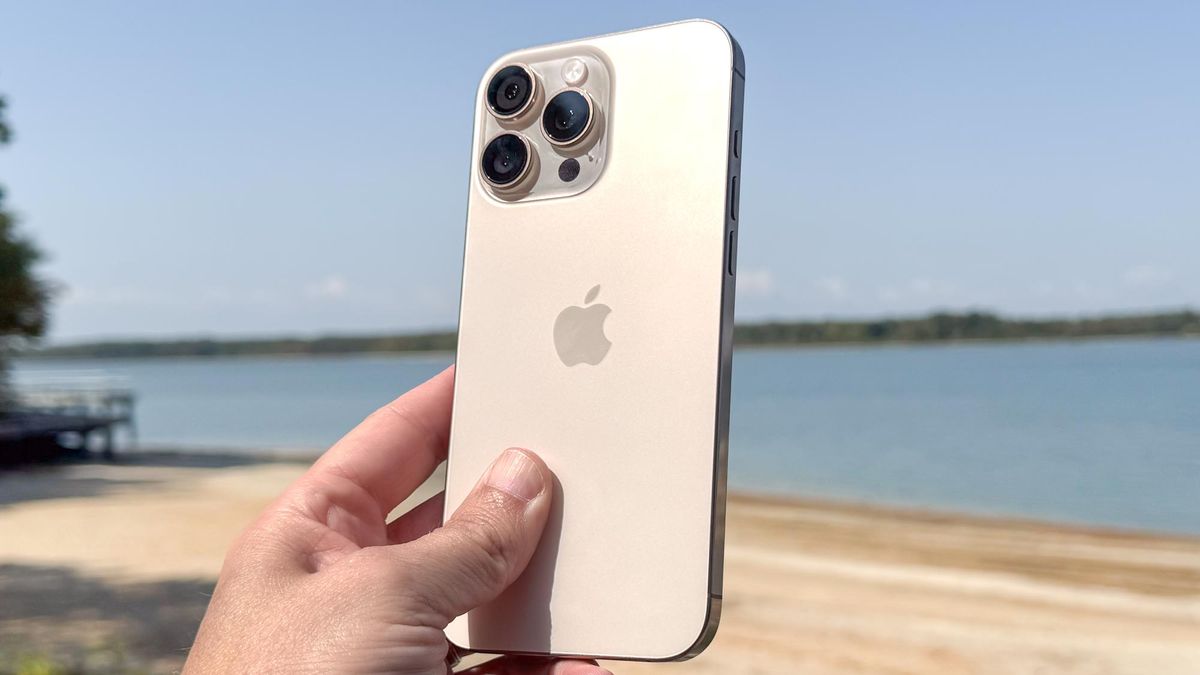Imagine if scientists could grab virus particles the same way we pick up a tennis ball or a clementine, and prevent them from infecting cells. Well, scientists in Illinois have built a microscopic four-fingered hand to do just that.
A team of scientists, led by Xing Wang of the University of Illinois Urbana-Champaign, has created a tiny hand, dubbed the NanoGripper, from a single piece of folded DNA that can grab covid-19 particles. Their findings, detailed in a November 27 study published in the journal Science Robotics, demonstrate that the hand can conduct a rapid test to identify the virus as well as prevent the particles from infecting healthy cells. Although the study focused specifically on the covid-19 virus, the results have important implications for numerous medical conditions.
“We wanted to make a soft material, nanoscale robot with grabbing functions that never have been seen before, to interact with cells, viruses and other molecules for biomedical applications,” Wang said in a university statement. “We are using DNA for its structural properties. It is strong, flexible and programmable. Yet even in the DNA origami field, this is novel in terms of the design principle. We fold one long strand of DNA back and forth to make all of the elements, both the static and moving pieces, in one step.”
 A NanoGripper hand and its components. © Xing Wang
A NanoGripper hand and its components. © Xing WangThe NanoGripper has four jointed fingers and a palm. The fingers are programmed to attach to specific targets—in the case of covid-19, the virus’ infamous spike protein—and close their grip around them. According to the study, when the researchers exposed cells with NanoGrippers to covid-19, the hands’ gripping mechanisms prevented the viral spike proteins from infecting the cells.
“It would be very difficult to apply it after a person is infected, but there’s a way we could use it as a preventive therapeutic,” Wang explained. “We could make an anti-viral nasal spray compound. The nose is the hot spot for respiratory viruses, like covid or influenza. A nasal spray with the NanoGripper could prevent inhaled viruses from interacting with the cells in the nose.”
The hand is also decked with a unique sensor that detects covid-19 in 30 minutes with the accuracy of the now-familiar qPCR molecular tests used in hospitals.
“When the virus is held in the NanoGripper’s hand, a fluorescent molecule is triggered to release light when illuminated by an LED or laser,” said Brian Cunningham, one of Wang’s colleagues on the study, also from the University of Illinois Urbana-Champaign. “When a large number of fluorescent molecules are concentrated upon a single virus, it becomes bright enough in our detection system to count each virus individually.”
Like a true Swiss army knife, scientists could modify the NanoGripper to potentially detect and grab other viruses, including HIV, influenza, or hepatitis B, as detailed in the study. The NanoGripper’s “wrist side” could also attach to another biomedical tool for additional functions, such as targeted drug delivery.
Wang, however, is thinking even bigger than viruses: cancer. The fingers could be programmed to target cancer cells the same way they currently identify covid-19’s spike proteins, and then deliver focused cancer-fighting treatments.
 An artistic rendering of the NanoGripper’s potential applications. © Xing Wang
An artistic rendering of the NanoGripper’s potential applications. © Xing Wang“Of course it would require a lot of testing, but the potential applications for cancer treatment and the sensitivity achieved for diagnostic applications showcase the power of soft nanorobotics,” Wang concluded.
Here’s to hoping NanoGrippers might give scientists the ability to grab the next pandemic by the nanoballs.













)
 English (US) ·
English (US) ·